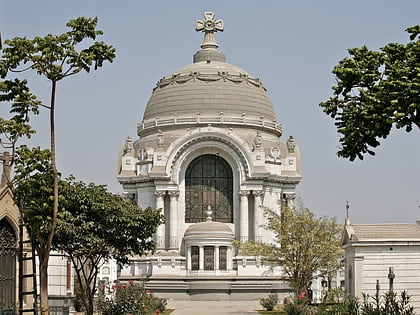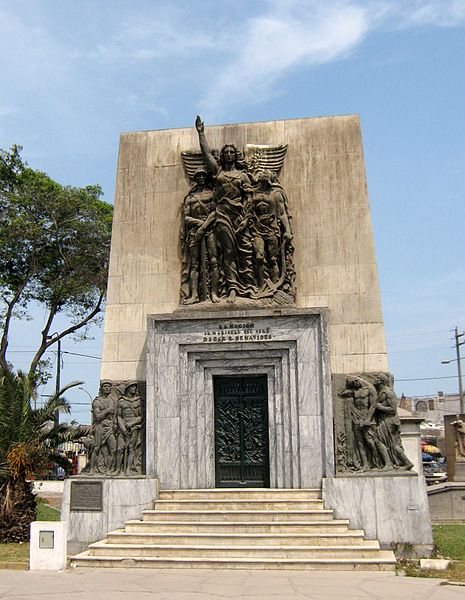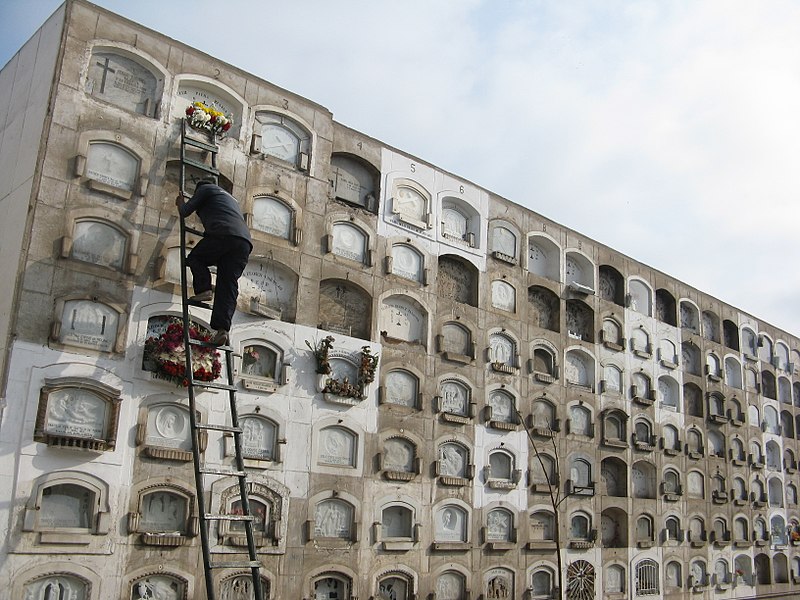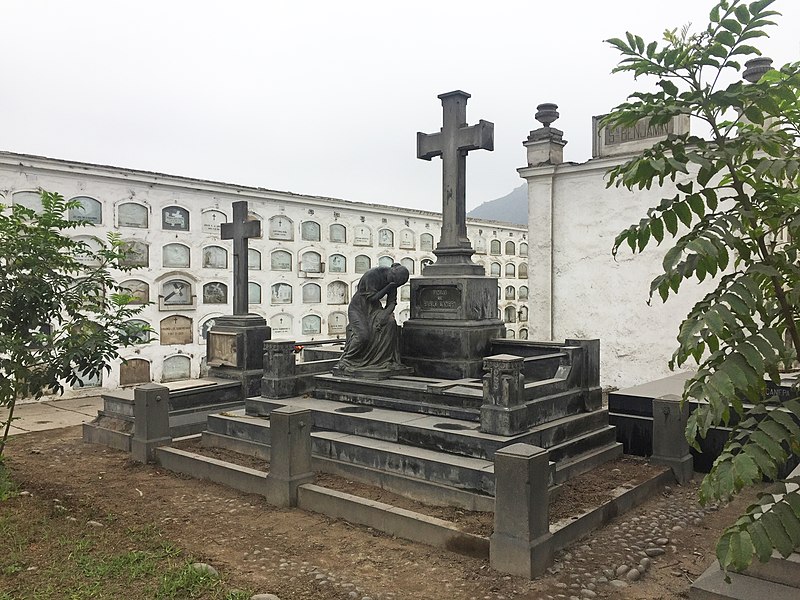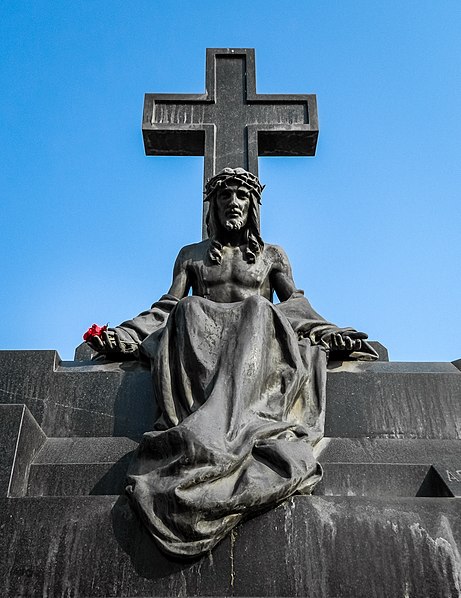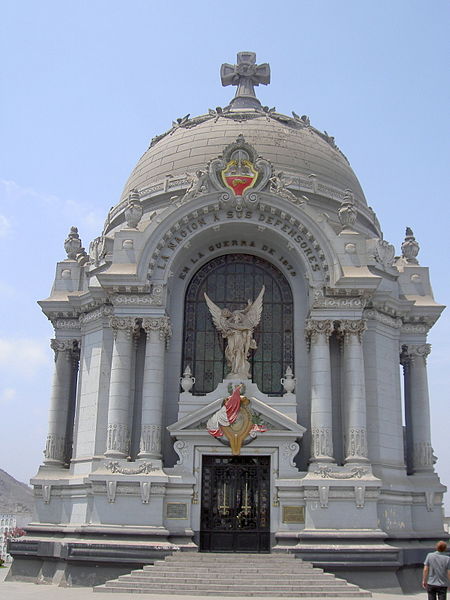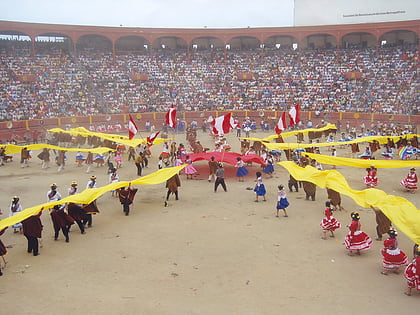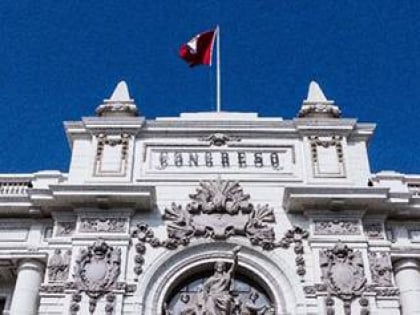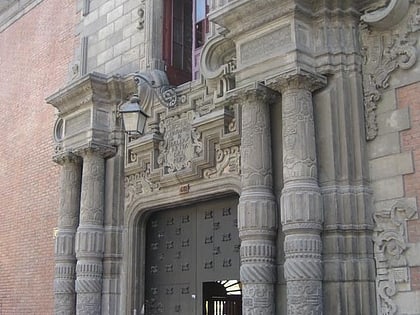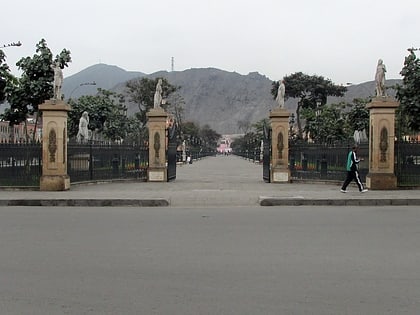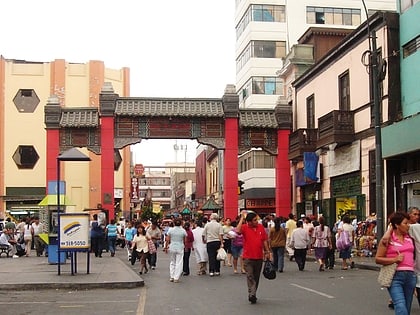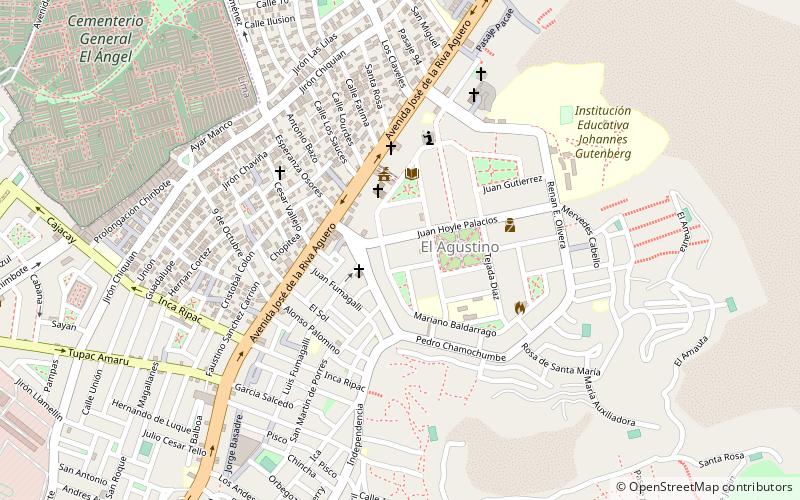Presbítero Maestro, Lima
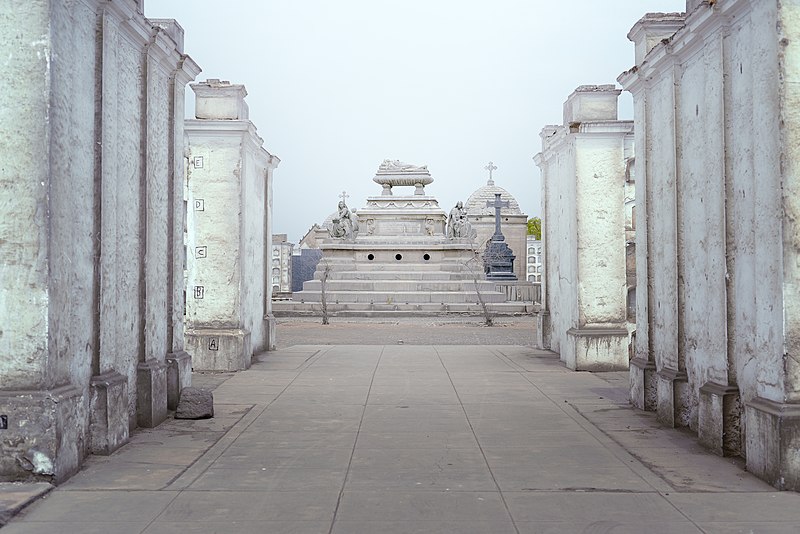
Facts and practical information
The Presbítero Maestro, nestled in the heart of Lima, Peru, stands as a testament to the city's historical and architectural heritage. Inaugurated in 1808, this cemetery is not just the oldest in the capital but also the first of its kind in the Americas. Designed by the architect and sculptor Matías Maestro, the cemetery's name honors its creator, who was also a presbyter.
Enclosed within its walls are the remains of some of the most prominent figures in Peruvian history, including past presidents, writers, and artists. The Presbítero Maestro is a sprawling necropolis that serves as a silent guardian of the city's past, with its intricate mausoleums and ornate sculptures reflecting the neoclassical style that was prevalent during its inception.
The cemetery is more than a resting place for the deceased; it is a museum of open-air art. Visitors can wander through the avenues lined with elaborate tombs and statues that tell a story of Lima's social and cultural evolution. Each monument and crypt within the Presbítero Maestro reveals a piece of the city's soul, from the grandiose to the humble, highlighting the diverse tapestry of Lima's society.
As a site of cultural significance, the Presbítero Maestro has also become a destination for those interested in the paranormal, with guided night tours that delve into the eerie and supernatural tales associated with the cemetery's long history.
Presbítero Maestro – popular in the area (distance from the attraction)
Nearby attractions include: Plaza de toros de Acho, Museo de la Inquisición y del Congreso, Escuela Nacional Superior Autónoma de Bellas Artes, Alameda de los Descalzos.
Frequently Asked Questions (FAQ)
How to get to Presbítero Maestro by public transport?
Metro
- Estación Presbítero Maestro • Lines: L1 (8 min walk)
Bus
- Mercado de Flores • Lines: 404, 405, 409, Se-02 (19 min walk)
- Gran Terminal Acho (23 min walk)
